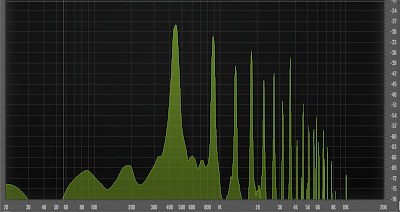A Novice's Account Of A First Release
tl;dr What follows is a retelling of my journey as an electronic musician so far, culminating with my recent release of a debut EP. As the dust settles on what was an exciting few weeks, I wanted to take the opportunity to reflect upon some of the things I've learned so far in the hope that some of my experiences may be helpful for others. Learning Music From Nil I began my journey as a music maker 4 years ago, on the cusp of turning 25. At that time, I remember wondering whether it was too late in my life for me to pick up new skills, whether this hobby was a waste of time that would never go anywhere. 4 years later I can only laugh at myself from 4 years ago. I wouldn't say that I'm the best music producer, far from it, after 4 years all I've learned is that I still have a lot to learn. But I am now capable of taking ideas in my head and sketching them in the canvas of a DAW. I have a newfound vocabulary that has allowed me to join in on a wonderful community of mus...
